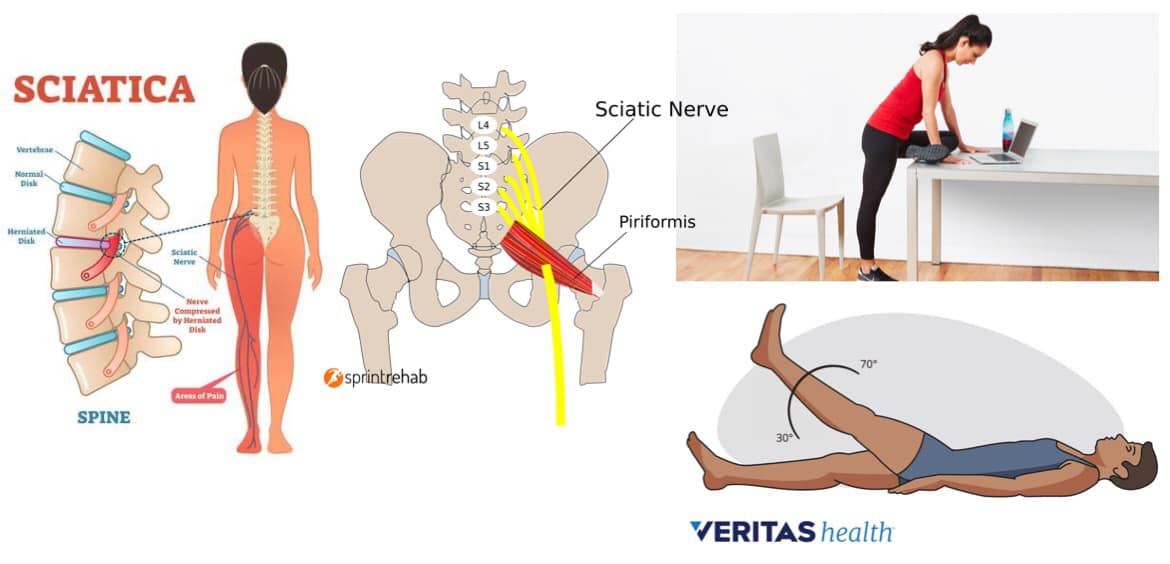Let’s be real: athletes—whether you’re running marathons or doing weekend pickup basketball—tend to be a little stubborn. We push through stuff. We pretend that weird tightness will magically fix itself. We Google things like “why does my knee make a crunchy sound” at 2 a.m. And then, when the universe finally says “okay that’s enough,” we limp into physical therapy like it was our plan all along.
But here’s the thing nobody tells you early enough: physical therapy for athletes isn’t just about fixing injuries. It’s about preventing them in the first place. It’s prehab, not rehab. And once you start using PT as your secret pre-game ritual rather than your emergency button, everything changes.
So let’s dig in—messy, chatty, coffee-in-hand style—into why PT might be the most underrated tool for staying in one piece.
The “Uh, Something Feels Off” Stage
You know that moment. Not pain. Not an injury. Just… off. Your hip feels tighter than usual. Your hamstring is doing that twitchy thing. Something’s clicking that didn’t click yesterday.
Most athletes ignore this stuff. (I’ve done this. You’ve probably done this.) But this is exactly where physical therapy shines.
A good PT can spot tiny movement issues that you’d never notice yourself. Like maybe your left glute isn’t firing as much as your right. Or your ankle mobility is slightly wonky. Or you’re compensating for an old injury you forgot you even had.
These little imbalances? They turn into big problems if you let them.
PT is like that friend who gently goes, “Hey, maybe don’t wait until your body metaphorically bursts into flames.”
Mobility Improvement: The Game-Changer
Let’s talk about mobility improvement because… wow. What a difference.
Mobility isn’t just stretching. It’s not touching your toes and calling it a day. It’s how your joints move. How your muscles support that movement. How everything works together without you feeling like the Tin Man from Wizard of Oz.
I once saw an athlete—super strong, super fast—who couldn’t squat properly because his ankles barely moved. Tiny range of motion. Barely any flexion. And guess what? That one little restriction was causing knee pain, back tightness, AND poor running mechanics.
One PT session later, they started working on ankle mobility. A few weeks in? He’s squatting deeper, running smoother, and not grimacing with every step.
PT doesn’t just loosen you up. It improves the way your body actually works. And for athletes, that’s huge. Mobility isn’t a luxury—it’s power.
Strengthening the “Forgotten Muscles”
Athletes love training the big muscles. Chest, quads, the usual bragging rights.
But physical therapists? They go after the tiny ones. The stabilizers. The weird ones with names you can’t spell. The ones that don’t make your arms look great in a selfie but absolutely keep you from falling apart.
Stuff like:
- Hip stabilizers
- Deep core muscles
- Rotator cuff
- Tibialis anterior (yes, that shin one)
- All those random foot muscles you don’t know exist
Strengthening these small-but-mighty players can prevent the big flashy injuries. Torn ACLs often come from weak hips. Shoulder pain usually starts with poor scapular control. It’s all connected in this giant, weird, wonderful meat-machine we call a body.
PT helps those hidden muscles show up to work so the star players don’t have to do everything alone.

Fixing Movement Patterns Before They Hurt You
Here’s something I didn’t really understand until a PT drilled it into my soul:
Your body loves shortcuts. Even bad ones.
Maybe you twist your knee inward when you land from a jump. Or you hinge weirdly at the waist during a deadlift. Or you run with your arms doing some kind of questionable flailing.
These little “quirks” can lead to repetitive stress injuries. PTs analyze movement the way detectives analyze crime scenes. Slow-motion, angles, the whole deal.
And the fix usually isn’t complicated. A cue here. A stretch there. A targeted exercise that makes your glutes scream in the best way.
It’s like they’re helping your body unlearn the weird habits it picked up while you weren’t paying attention.
Recovery Tools You Didn’t Know You Needed
Physical therapy for athletes also comes with all the fun gadgets:
- Soft tissue mobilization
- Dry needling (looks scary, feels magical)
- Sports massage
- Cupping
- Taping (you’ll look very professional and important)
- Shockwave therapy if you’re feeling sci-fi
But honestly? One of the biggest benefits is just having someone who gets athlete brains.
Someone who won’t tell you to “just rest it for six months.”
Someone who helps you keep training—smartly, safely—while your body gets what it needs.
The Confidence Factor
This one might be the sleeper benefit.
When your body moves better, when you’re stronger in the right places, when you feel supported—you stop second-guessing every step or lift.
You trust your body again.
You stop bracing for pain.
You actually enjoy your sport instead of surviving it.
And there’s something ridiculously empowering about that.
Final Sip of Coffee Thought
If you’re an athlete—even the “I only run when late for something” kind—PT isn’t just for when things break. It’s like having a mechanic who tunes you up before the big road trip.
Your body deserves that kind of care.
And honestly? It feels pretty great to train without your knee yelling at you like an angry toddler.
So yeah, maybe give physical therapy a shot before you need it. Future you will thank you. Probably loudly.
